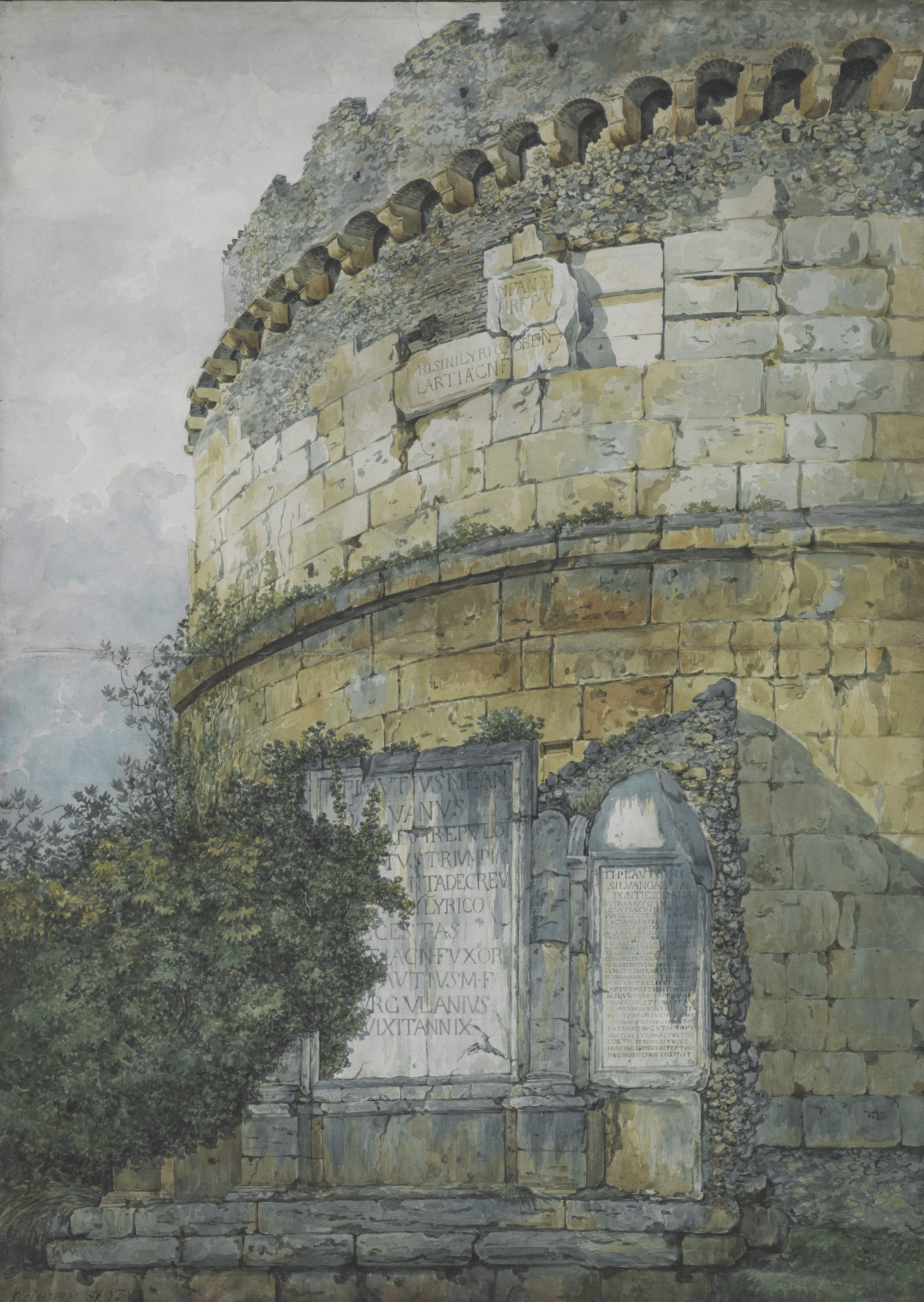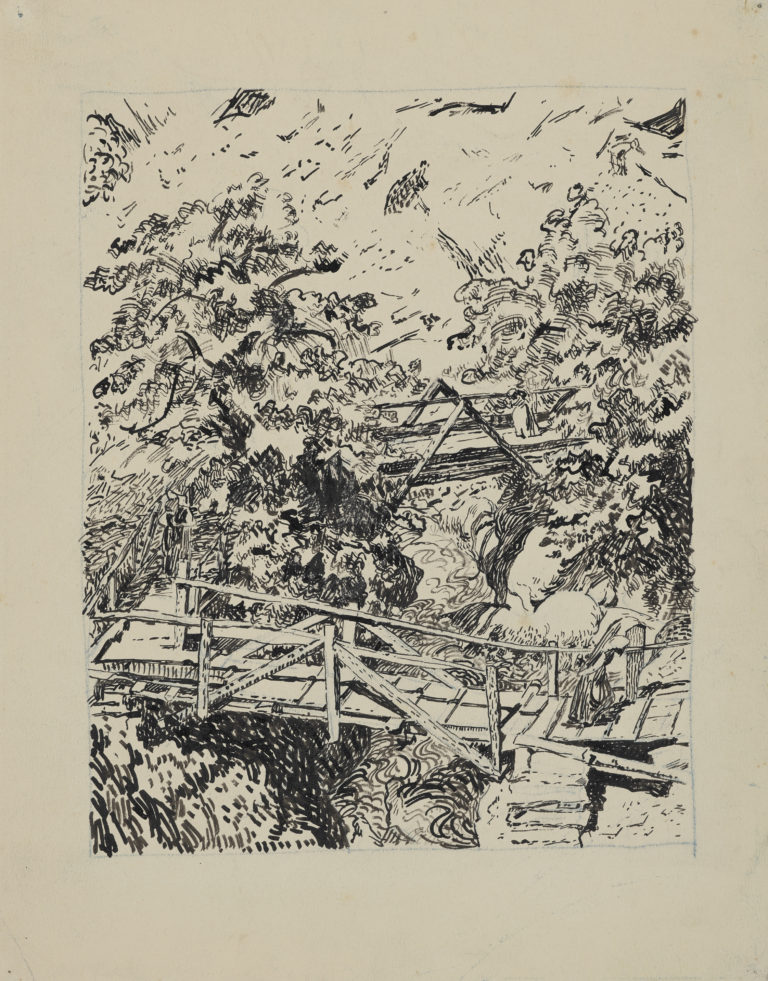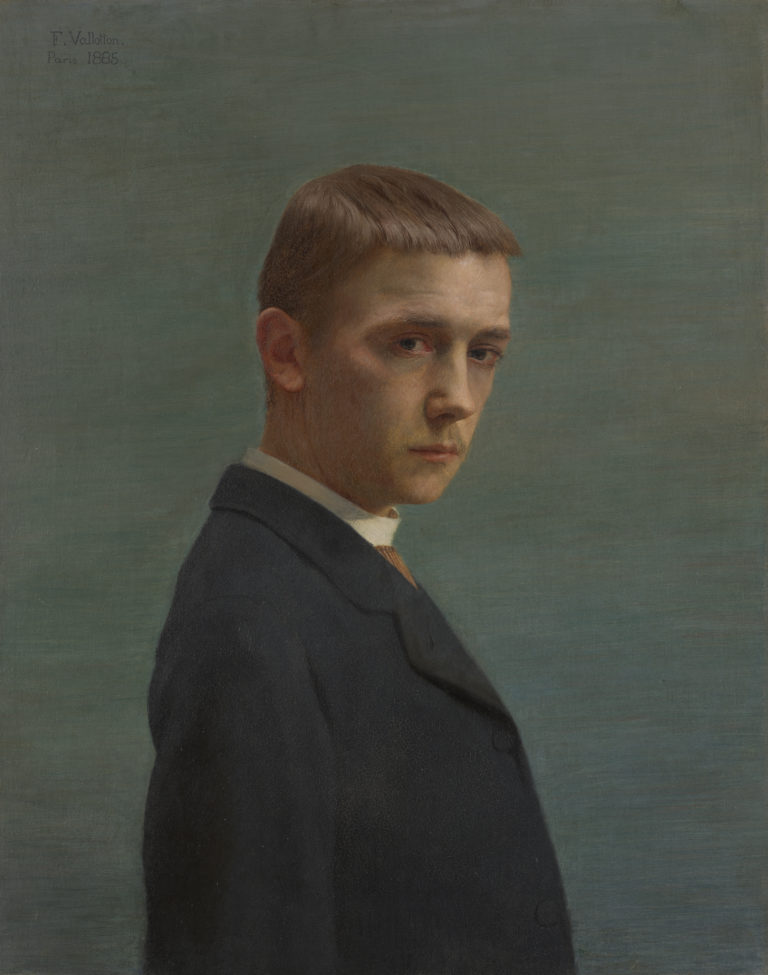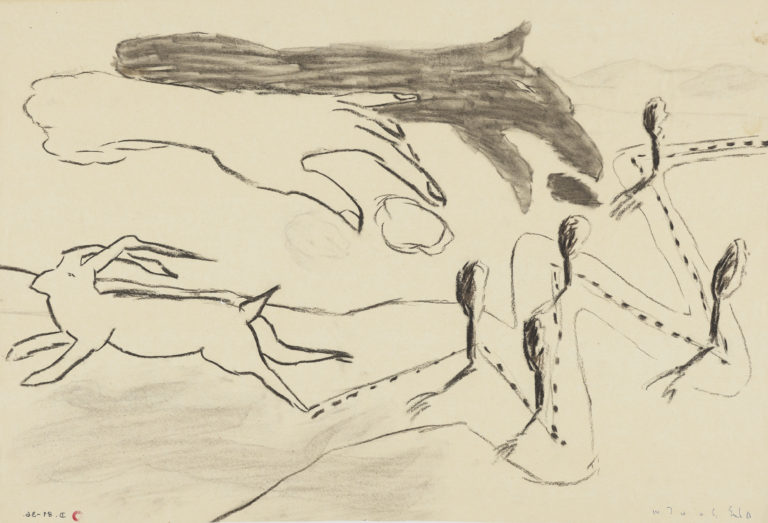Bibliography
William Hauptman, Peindre l’Italie. Keiserman et Knébel: deux Vaudois à Rome vers 1800, exh. cat. Lausanne, Musée historique de Lausanne, 2005.
Rébecca Mex, Les œuvres de Keiserman conservées dans la collection Knébel du Château de La Sarraz, unpublished dissertation, University of Lausanne, 1993, fig. 7.
Doris Agassiz, ‘François Keiserman, un paysagiste à Rome 1765-1833,’ Revue historique vaudoise, March-April 1930: 64-89.




François Keiserman arrived in Rome in 1789, financed by the Vaud-based art entrepreneur Louis Ducros who had hired him as a watercolourist at his rapidly expanding engraving studio. Keiserman soon specialised in veduti, or topographical views, produced by the Ducros studio on an almost industrial scale. Both men were said to be difficult in character and they went their separate ways in 1792.
The tomb of the Plautii, an illustrious Roman family, lay on the via Tiburtina between Rome and Tivoli. The large round tower, built late in the first century BCE, stood in a picturesque setting by the Ponte Lucano, the Aniene river, and a ruined sixteenth-century inn. It was a must-see for visitors on the Grand Tour, inspiring countless artists from the mid-eighteenth century on. Ducros himself captured the scene in 1789 in a watercolour also in the museum’s collection.
In this view from nature, Keiserman focused tightly on the mausoleum. The engraver Giovanni Battista Piranesi had previously produced two canonical views of the monument, one broad view in his Antiquities of Rome (1756), foregrounding its grandeur and dilapidation, and one detailed close-up in his Views of Rome (1761). Keiserman sought inspiration in the latter, choosing a tight framing focusing on one side of the monument to depict the travertine stone blocks, funeral inscriptions, and crenellations – a later medieval addition – in considerable detail. His work also reflects Ducros’s influence in the large format, obtained by sticking two sheets of paper together, and the technique and use of colour. Ducros’s style can also be seen in the dramatic sky, encroaching vegetation, and play of light and shade on the surface of the stone.